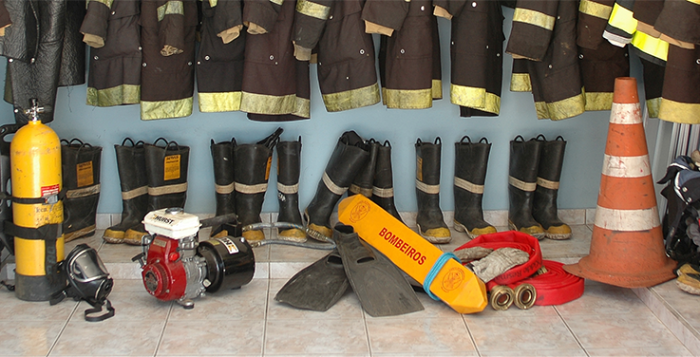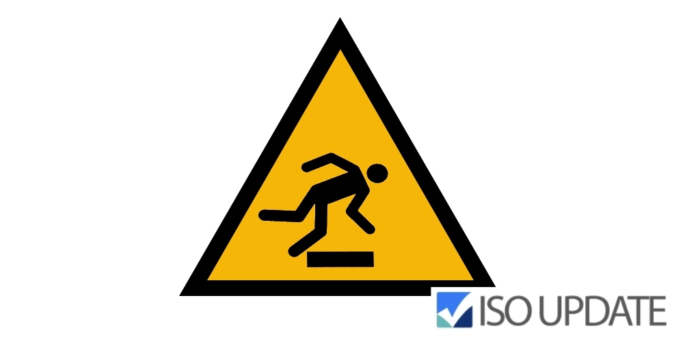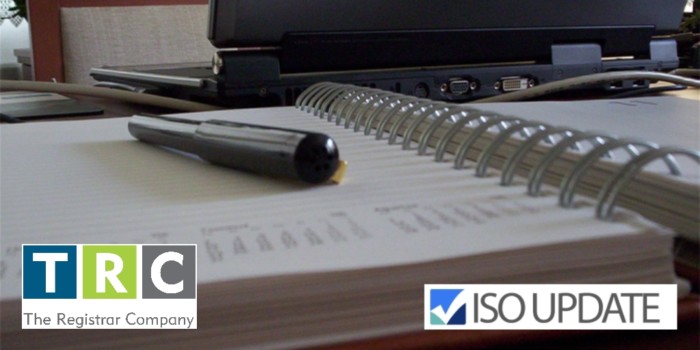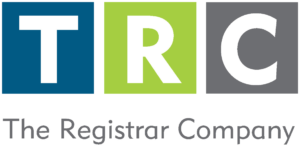The latest version of ISO 14001 was released in September 2015, and the three year period given for transitioning from the 2004 version to this one is approaching its deadline. Many organizations have already started their transition process and some have successfully completed it. However, because there is less than 6 months for the deadline for transitioning to this standard, we would like to mention the main points regarding this transition process.
- After mid-September 2018, ISO 14001:2004 certifications will not be valid, which means that by this time all organizations holding an ISO 14001:2004 certificate should have completed their transition.
- Only those organizations currently holding an ISO 14001:2004 certification can take a transition audit to seek certification to the new version. The transition audit can take place at any time; however, it is recommended that it follows the organization’s audit schedule so that it can take place at the time a surveillance or recertification audit is planned.
- If the transition audit is conducted at the time a surveillance or recertification audit is scheduled, organizations must ensure compliance with both the existing and the new standard. Organizations need to understand that while the transition process is not completed, they should maintain compliance with the last version of the standard.
All requirements of the standard must be met, however, there are some aspects that need to be carefully checked to ensure that they have been correctly understood and implemented. These are:
- Context: Organizations need to determine their context as this is the basis of the environmental management system (EMS).
- Interested parties: Organizations must have a list of all relevant stakeholders along with their needs and requirements. These needs and requirements are now considered as part of the organization´s compliance obligations.
- Scope: The scope of the EMS must be revised. Organizations need to make sure that no activities, products or services that could have significant environmental impact are excluded from the boundaries of the EMS.
- Strategy: The EMS needs to be incorporated into the organization´s business strategy. This alignment with the strategy should be reflected in the EMS´s policy and, most importantly, its objectives.
- Risks and opportunities: There needs to be evidence of the assessment of risks and opportunities concerning the EMS. The purpose of this assessment is the development of an action plan to address them (mitigate risks and exploit opportunities).
- Life cycle perspective: When identifying and evaluating impacts of the environmental aspects, the organization must do it considering a life cycle perspective. It is not required to do a life cycle assessment but it will be necessary to consider impacts in activities such as procurement, designed, transportation and disposal.
- Communication: There are more detailed requirements for internal and external communications. Among other things, a strategy for internal and external communication must be developed which must include mechanisms to consider suggestions from anyone working for the organization regarding improvements of the EMS.
- Documented information: there are less requirements regarding documents (procedures and records), thus, organizations need to carefully examine their existing documents and make sure that these ensure effective process control and the effectiveness of the EMS.
- Performance: it is important to demonstrate that the EMS is improving environmental performance and that this is being measured and monitored using quantitative data.











